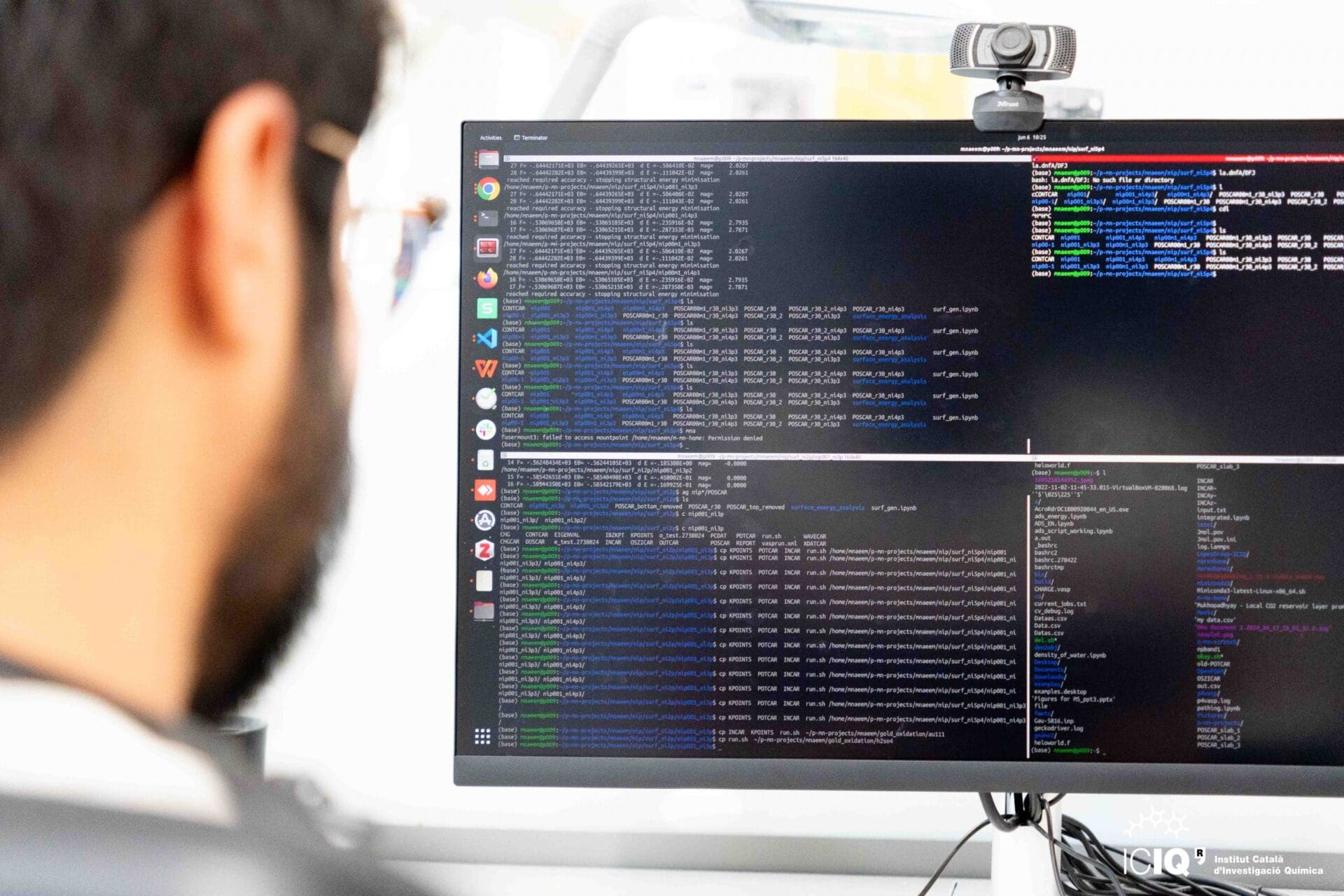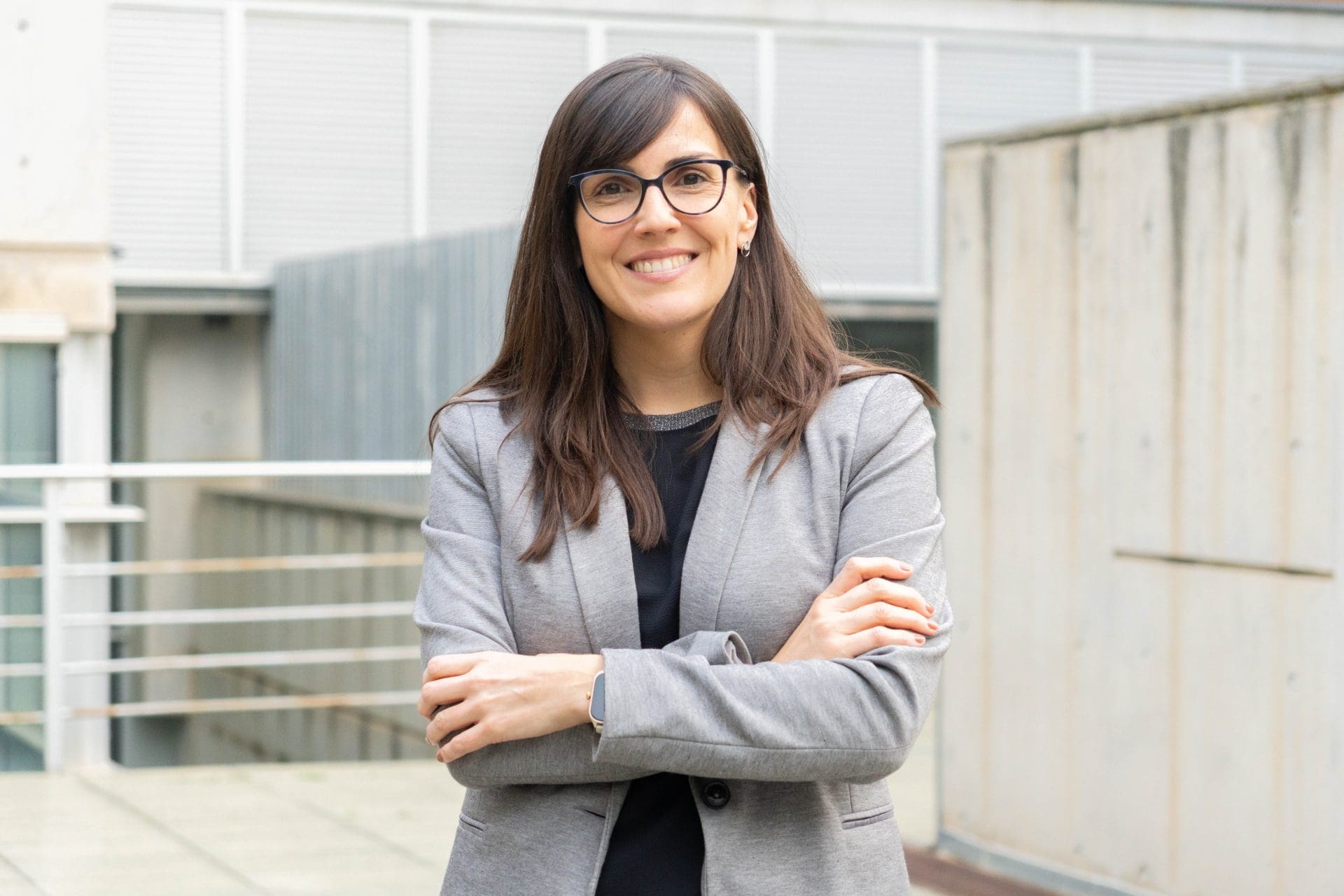A better understanding of organic electrosynthesis through computational chemistry
6th June 2024 -
Organic electrosynthesis is an emerging research field, now better understood thanks to Density Functional Theory calculations and microkinetic simulations
ICIQ researchers have reported a computational characterization of the full mechanism of a copper-catalysed organic electrosynthesis reaction. This is the first time a process of this type has been characterized with this level of detail. The study, developed by the group of Prof. Feliu Maseras, from ICIQ, has been published in the scientific journal ChemPhysChem.
Organic electrosynthesis is an emerging field, a brand-new reactivity domain. However, the detailed mechanism of the reactions is still poorly understood, often limited by the low lifetime of intermediates and its difficult detection.
The current study analyses the reactions both in solution and in the electrodes, reproduces the experimental observations, gives a detailed mechanistic picture previously unavailable and paves the path for further studies in the field of computational organic electrosynthesis.
Marina Díaz-Ruiz, PhD student from Prof. Maseras’ group and first author of this work
To characterize the mechanism of one of these reactions, researchers from Prof. Maseras’ group have combined the results of the Density Functional Theory (DFT) calculations with microkinetic simulations. This approach has been recently used in the group to successfully model other non-conventional processes such as ball-milling reactions.
A useful tool for understanding complex processes
Computational chemistry has made throughout the years significant contributions to homogeneous and heterogeneous catalysis, and it has proven to be especially efficient in the identification of intermediates, difficult to identify by experiment.
In the case of this work, the study has been done through DFT calculations and microkinetic modelling. DFT is currently the widely used quantum-mechanical method of choice for the calculation of the electronic structure of molecules and solids. Microkinetic modelling is a treatment for the introduction of concentration effects in the computational description of a reaction.
Organic electrosynthesis, an emerging field
The field of organic electrosynthesis has gained much importance during the last decades. A brand-new reactivity is achieved, with high selectivity, functional group tolerances, and fewer side reactions. In this technique, the electric current acts as an oxidant, being a friendly alternative to chemical oxidants. This fact also allows the reaction to take place under milder conditions.
Redox mediators are electrochemically active species that facilitate the oxidation/reduction of the substrate via indirect electrolysis. The use of this supporting species has further expanded the range of electrochemical reactions.
The authors of the work acknowledge financial support from the CERCA Programme/Generalitat de Catalunya, MCIN/AEI/10.13039/501100011033 (PID2020-112825RB-I00 and CEX2019-000925-S), and FEDER funds. This publication is part of the Grant (PRE2021-097618), funded by MCIN/AEI/10.13039/501100011033 and by the FSE+.
Reference publication
Revealing the Mechanistic Features of an Electrosynthetic Catalytic Reaction and the Role of Redox Mediators through DFT Calculations and Microkinetic Modeling
Díaz-Ruiz, M.; Nieto-Rodríguez, M.; Maseras, F.
ChemPhysChem 2024, e202400402, DOI: 10.1002/cphc.202400402.
Related news

Let's create a brighter future
Join our team to work with renowned researchers, tackle groundbreaking
projects and contribute to meaningful scientific advancements







 27-03-2025
27-03-2025 















